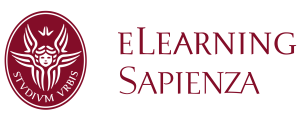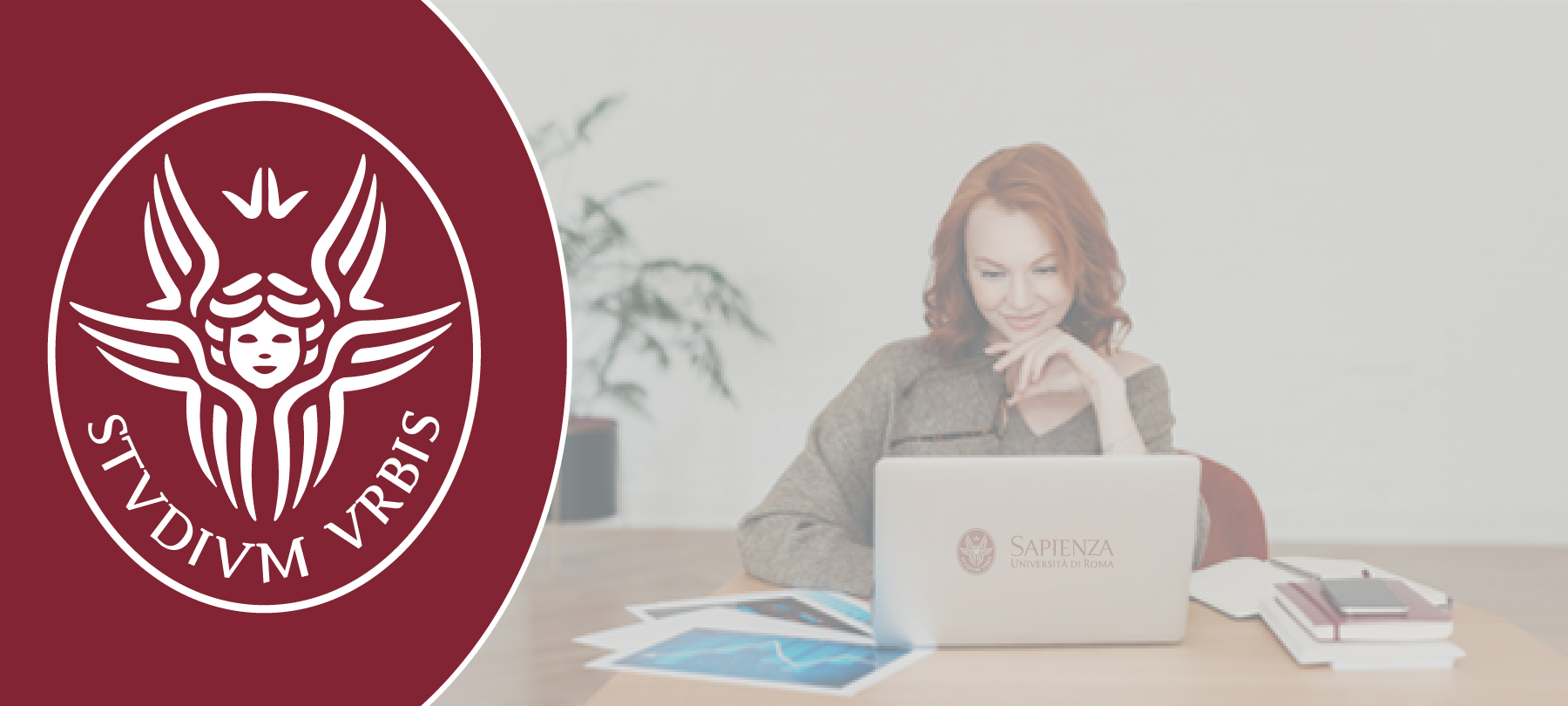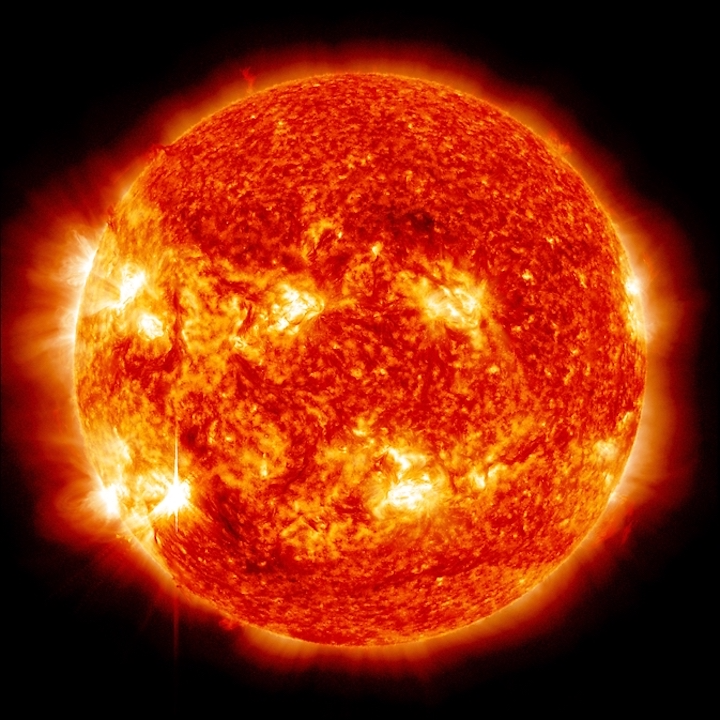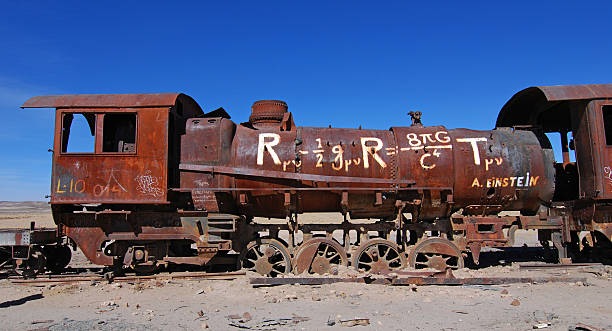The course will cover the physics of particle detectors and particle accelerators. It will introduce the experimental techniques used in nuclear, particle physics and photon science, and describe the layout and functionality of modern experiments. Hi
More InfoL'obiettivo generale del corso è quello di acquisire familiarità con tecniche avanzate di deep learning basato su modelli di reti neurali differenziabili con differenti paradigmi di apprendimento; acquisire competenze di modellizzazione di problemi
More InfoThe subject of this class is the use of space technologies for astrophysics measurements. After and introduction detailing the importance of space-based measurements in astrophysics and the main applications, basic elements of space carriers, orbits,
More InfoThe main objective of Computing Methods for Physics is to provide an introduction to up-to-date computational methods currently used in our fields of research; this is why four different courses (channels) are offered under one title.This channel is
More InfoCorso di fisica fondamentale per applicazioni astrofisiche.
Introduzione al plasma e applicazioni astrofisiche; magnetoidrodinamica; richiami di relatività ristretta; trasporto radiativo processi astrofisici.
More InfoIntroduzione al plasma e applicazioni astrofisiche; magnetoidrodinamica; richiami di relatività ristretta; trasporto radiativo processi astrofisici.
The aim of the course is to introduce the basic notions of the modern theory of gravitation and its most important conceptual and astrophysical implications.
More InfoInrofmation on the course "Surface Physics and Nanostructures" held by Carlo Mariani in 2021/22 will be updated here.This course, part of the Master in Physics, is also proposed and available for the PhD students in "Mathematical Models for Engineeri
More InfoIn this e-learning web-site you will find information on the course.I am currently upadting it, with syllabus, dates, literature material, etc.
More Info10:00-13:00Entra nella riunione in Zoom: https://uniroma1.zoom.us/j/82086567982?pwd=aThhVkNZRmw0VXJKLzBTOTF2WTFhUT09
ID riunione: 820 8656 7982
Passcode: 242811
14:00-17:00Entra nella riunione in Zoom: https://uniroma1.zo
More InfoID riunione: 820 8656 7982
Passcode: 242811
14:00-17:00Entra nella riunione in Zoom: https://uniroma1.zo
Il corso fornira' una panoramica completa sulle proprietà’ fisiche e statistiche degli oggetti extragalattici: Galassie, Nuclei Galattici Attivi, Ammassi di Galassie, Mezzo InterGalattico, sia nell’Universo locale che ad alti redshift. Fornire l
More InfoThe course Condensed Matter II deals with techniques and phenomena of solid state physics, caused by the interaction of electrons with other electrons, or external (electric or magnetic) fields. In addition to theory lectures, the course will fe
More InfoThrough classroom lectures, exercises & hands-on sessions, and dedicated seminars held by experts, the Detectors and Accelerators in Particle Physics course proposes:
- to deepen the knowledge of the interactions of elementary particles with m
More Info- to deepen the knowledge of the interactions of elementary particles with m
The aim of the course is to convey the basic notions of
superconductivity and superfluidity both at a phenomenological and a
theoretical level. The course is delivered at the second semester of the first year of the Laurea Magistrale in Fisica (L
More InfoIl corso permette agli studenti di integrare le conoscenze di base dell'ottica geometrica, fisica e della quasi-ottica per studiare alcuni strumenti destinati all'osservazione del cielo. Si acquisiscono quindi le competenze necessarie per compar
More InfoThe main objective of Computing Methods for Physics is that of providing an introduction to up-to-date computational methods that are used in research areas of current interest. Three different courses (channels) are offered. This channel is intended
More InfoIl corso si propone di far apprendere allo studente principalmente la teoria di formazione delle strutture, sia nelle prime fasi di evoluzione lineare, sia nelle fasi più avanzate. Parallelamente si approfondiranno i metodi statistici per confrontar
More InfoQuesta pagina contiene informazioni sul corso di Astrofisica Stellare della Laura Magistrale in Astronomia e Astrofisica.
More InfoAstrophysics Laboratory
More InfoIl corso si propone di fornire le conoscenze di base per poter affrontare lo studio di sistemi biologici a livello genetico-molecolare.
In particolare, il corso tratterà dei seguenti argomenti:
- Cenni storici: la nascita della Biologia Molecolar
More InfoBIOPHYSICS
A.A. 2017-2018
(6 ECTS)
[given in the 2nd semester]
Time schedule: mon. 9-11 room 2 (Fermi); wed.
9-11 room 2 (Fermi)
Instructor: Andrea Giansanti, room 211 (2nd
floor, Marconi Building) tel. 0649914367 Andrea.Giansanti@ro
More InfoCOMPUTATIONAL BIOPHYSICS SYLLABUS
doing biology with models and computers: from the Born-Oppenheimer approximation to the space of biological sequences, artificial intelligence, integrative approaches of systems biology and medicine Ac
More Infodoing biology with models and computers: from the Born-Oppenheimer approximation to the space of biological sequences, artificial intelligence, integrative approaches of systems biology and medicine Ac
The course represents the natural continuation of the courses on Elementary Statistical Mechanics taught in BSc programs, that usually discuss the general principles on which Statistical Mechanics is based and the most elementary applications (typica
More InfoThe main objective of Computing Methods for Physics is that of providing an introduction to up-to-date computational methods that are used in research areas of current interest. Three different courses (channels) are offered. This channel is intended
More InfoThrough classroom lectures, dedicated seminars held by experts, the Detectors and Accelerators in Particle Physics course proposes:
- to deepen the knowledge of the interactions of elementary particles with matter;
- to analyze the functi
More Info- to deepen the knowledge of the interactions of elementary particles with matter;
- to analyze the functi
For: LM-58 and LM-17
A.A.: 2019-20
Teacher: Jessica Migliorelli
E-mail address: jessica.migliorelli@uniroma1.it
Prerequisite: intermediate level (B1)
The aim of the course is to provide students with the practice necessary in order to
More InfoThe aim of the course is to provide students with the practice necessary in order to
Lo studio dei sistemi complessi riguarda l'emergere di proprietà collettive in sistemi con un gran numero di componenti in interazione tra loro.
Questi elementi possono essere atomi, particelle o batteri in un contesto fisico o biologico, opp
More InfoLe nano-strutture
Una catena unidimensionale di atomi di ferro è magnetica e conduttrice? Possono esistere metalli in una dimensione? Come variano le proprietà ottiche di un nano-cristallo semiconduttore al variare del numero di atomi c
More InfoUna catena unidimensionale di atomi di ferro è magnetica e conduttrice? Possono esistere metalli in una dimensione? Come variano le proprietà ottiche di un nano-cristallo semiconduttore al variare del numero di atomi c
Descrizione del corso:Questo corso esplora alcune applicazioni di fisica nucleare e delle particelle di interesse per l'astrofisica e la cosmologia.
Obiettivi:
Si vuole che lo studente alla fine del corso conosca gli elementi della fisica dei n
More InfoObiettivi:
Si vuole che lo studente alla fine del corso conosca gli elementi della fisica dei n
Il corso è un’introduzione
alla moderna teoria delle interazioni elettrodeboli. Il filo conduttore è costituito dal ruolo
fondamentale giocato dalle simmetrie discrete e continue, globali e locali. Saranno discussi anche molti esemp
More InfoDocente:Luca Leuzzi
Email luca.leuzzi@uniroma1.itRicevimento per il corso
Si svolgerà nello studio 313, terzo piano edificio Marconi oppure in remoto al seguente link Meet
meet.google.com/mwd-vojd-pim
previo appuntamento via email con il
More InfoEmail luca.leuzzi@uniroma1.itRicevimento per il corso
Si svolgerà nello studio 313, terzo piano edificio Marconi oppure in remoto al seguente link Meet
meet.google.com/mwd-vojd-pim
previo appuntamento via email con il
Materia Condensata (6 crediti, CFU/ECTS)
1) Programma / Syllabus
Strutture cristalline, reticoli di Bravais, gruppi spaziali - Diffrazione e solidi cristallini, fattore di struttura - Simmetrie e operazioni di simmetria nei solidi - Basi della
More InfoAim of the course is to acquire knowledge on some fundamental topics in Mathematical Physics and on the corresponding mathematical methods
More InfoThe subject of this class is the use of space technologies for astrophysics measurements. After and introduction detailing the importance of space-based measurements in astrophysics and the main applications, basic elements of space carriers, orbits,
More InfoUn corso di Analisi Matematica dedicato all'avvio alla Biomatematica
More InfoObjectivesThe Molecular Biology course is designed to provide students the conceptual and methodological basis required to study the molecular mechanisms regulating gene expression in physiological and pathological conditions, inc
More InfoThis course in Nuclear Physics includes a first part on general nuclear physics topics such as nuclear structure models and nuclear reactions, and a second part on a selection of topics on fundamental and applied research in which nuclear physics pla
More InfoIntroduction: Cosmological principle, metric, redshift, distances, Friedmann models
Radiation Processes: Free-free, synchrotron, and dust emission.
Cosmic Microwave Background: Standard cosmological model, inflation, temperature power spectrum, r
More InfoOrario e luogo lezioni
Mercoledì e Venerdì 11.00-13.00
Aula 8 Ed. Fermi
More InfoDecadimenti elettromagnetici di adroni e anomalieSimmetria BRS
More InfoThis module provides an introduction to the topics of detection and characterisation of planets orbiting stars other than the Sun. Current theories of planetary formation and evolution are also reviewed. Until 20 years ago, planets of our Solar Syste
More Info


